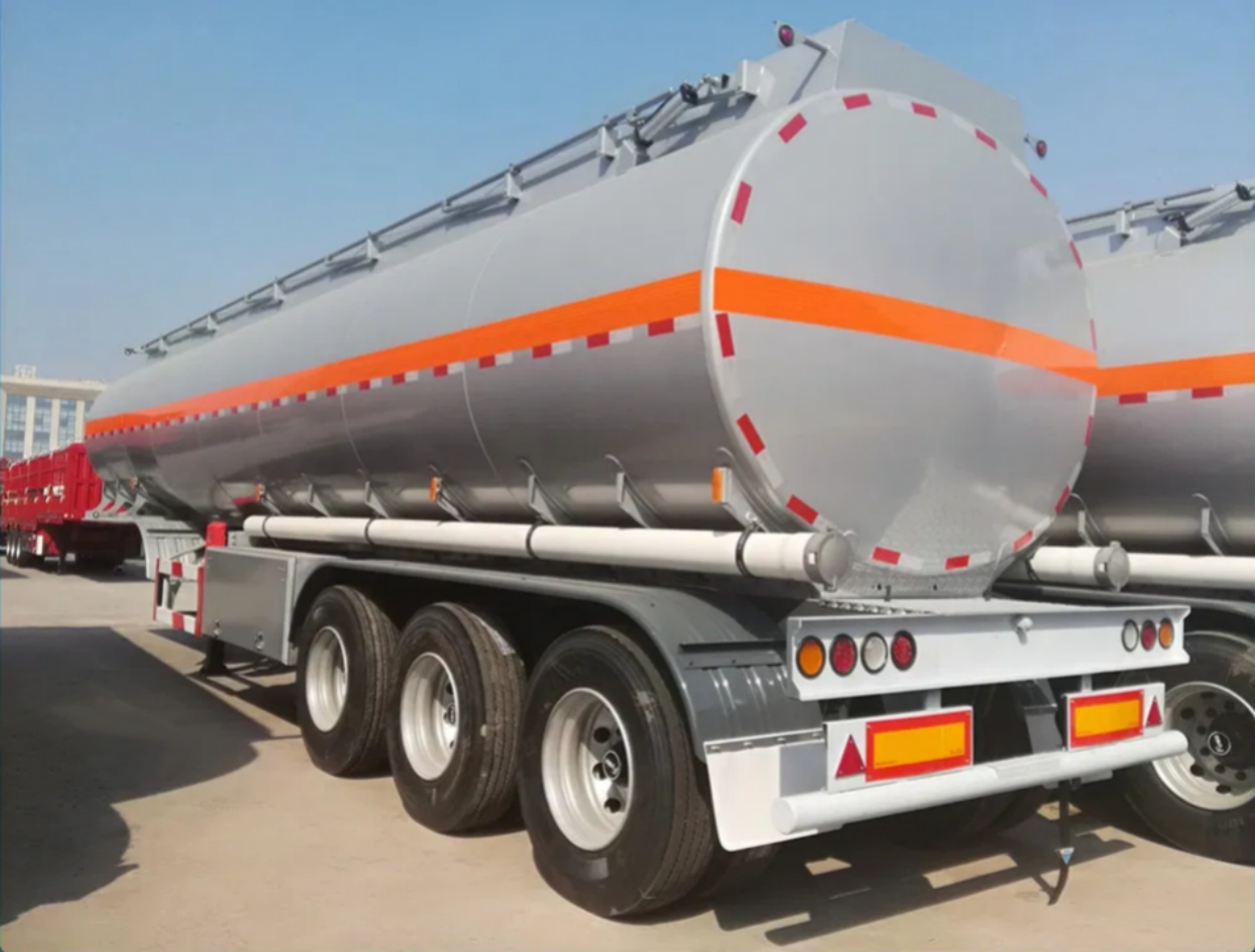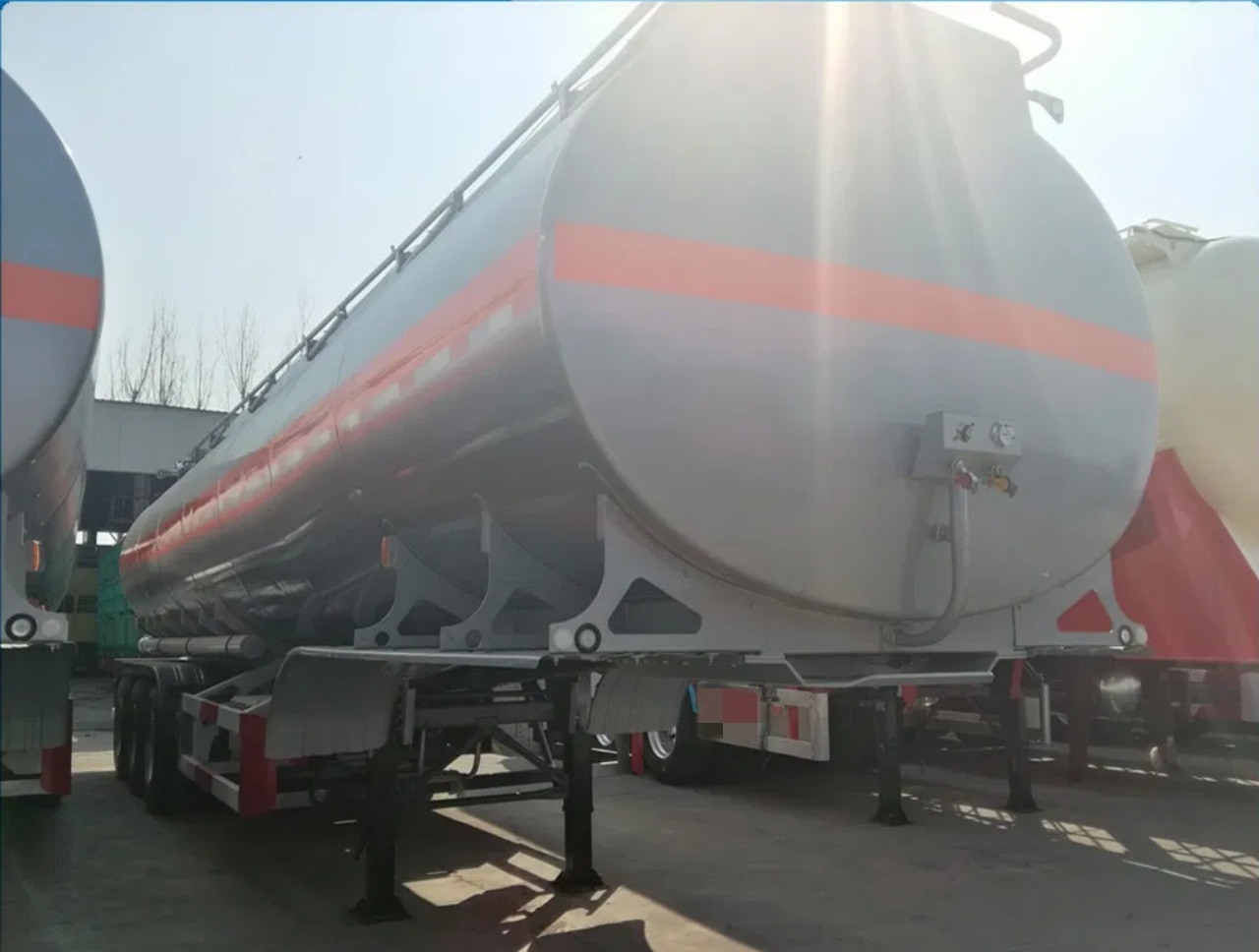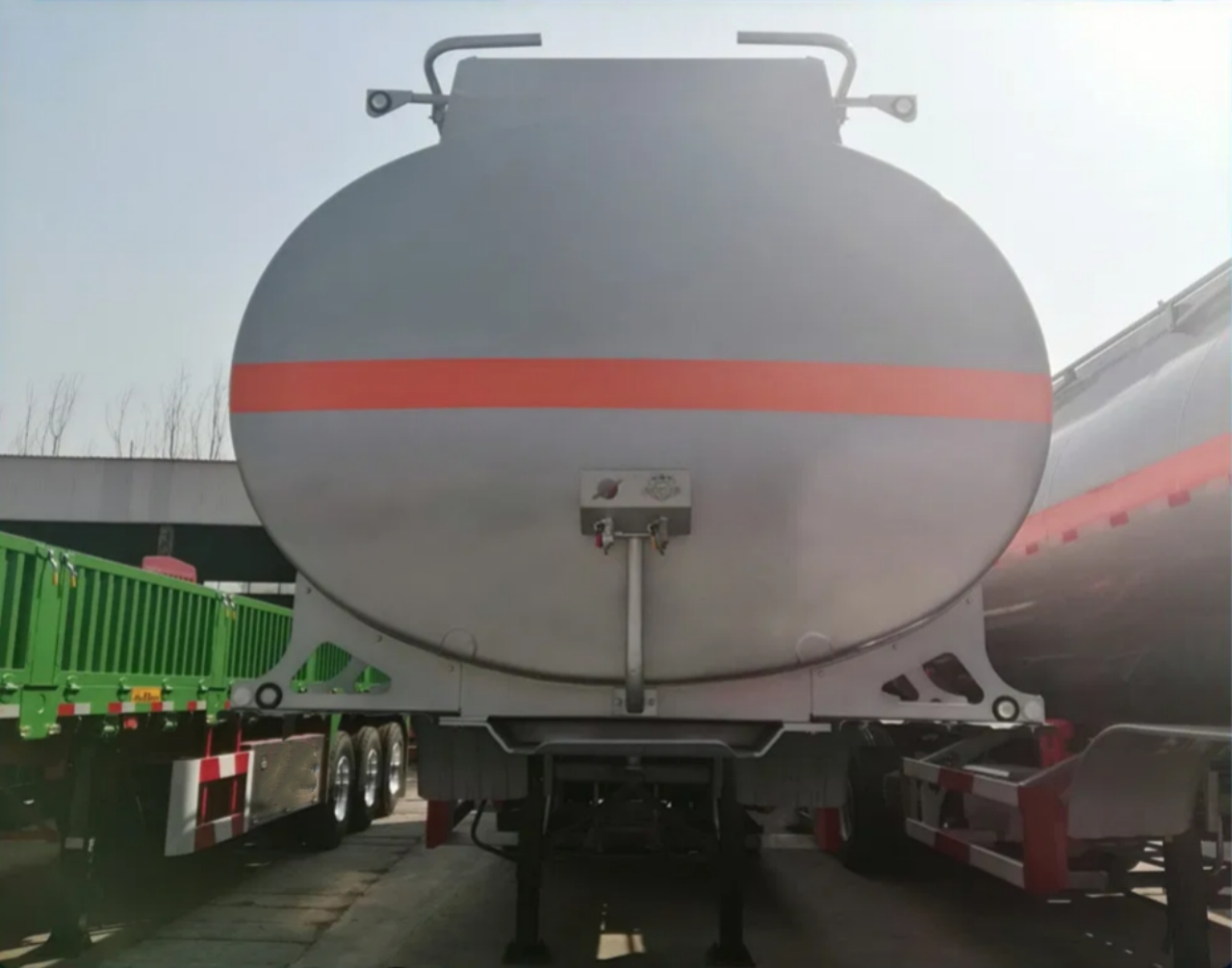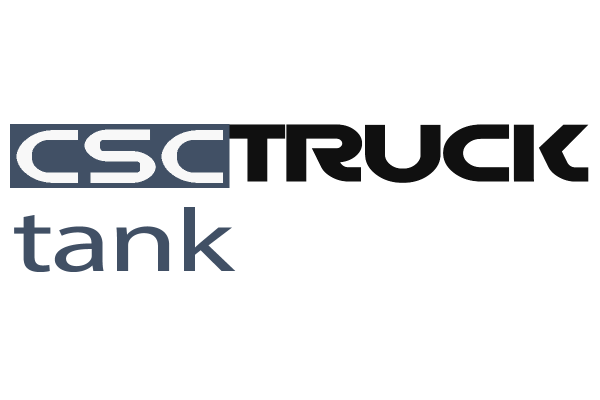Water trailers are essential tools across a wide range of industries, including agriculture, construction, firefighting, landscaping, and emergency services. Their ability to transport, store, and distribute water makes them indispensable in both rural and urban settings. One of the most commonly asked questions about these versatile units is, “How many gallons does a water trailer hold?” The answer isn’t one-size-fits-all—it varies depending on the trailer’s design, purpose, and manufacturer. This article will explore the different capacities of water trailers, factors influencing tank size, and how to choose the right one for your needs.
Understanding Water Trailers
A water trailer typically consists of a tank mounted on a wheeled frame, often equipped with a pump, hoses, and spray nozzles. They are designed to be towed by a truck or tractor. These trailers are used to:
- Control dust on roads and construction sites
- Water agricultural fields or landscaping
- Provide potable water in emergencies
- Refill equipment or tanks in remote areas
- Support firefighting efforts in rural zones
Water trailers come in various sizes and configurations, allowing users to select models that match specific tasks and operational constraints.

Typical Capacities of Water Trailers
Water trailer capacities can range widely, from as little as 50 gallons to over 10,000 gallons. Below are common categories based on tank size:
1. Small Capacity (50–500 gallons)
These trailers are often used for residential or light commercial use. Landscapers, small farms, and contractors often use these units for spot watering, washing equipment, or transporting water to hard-to-reach locations.
- Typical Applications: Residential landscaping, pressure washing, small-scale irrigation
- Advantages: Easy to tow, fit in smaller spaces, affordable
- Drawbacks: Limited water supply per trip
2. Medium Capacity (500–1,500 gallons)
Medium-sized water trailers strike a balance between capacity and maneuverability. These are popular on construction sites, in agricultural fields, and for municipal tasks.
- Typical Applications: Dust control, fire suppression, watering medium fields
- Advantages: Adequate volume for many jobs, manageable for mid-sized trucks
- Drawbacks: May require more than a light-duty pickup to tow safely
3. Large Capacity (1,500–3,000 gallons)
These trailers are used in heavy-duty operations and often feature robust frames, brakes, and advanced pumping systems.
- Typical Applications: Large-scale dust suppression, major construction projects, firefighting support
- Advantages: Large water volume reduces refill frequency
- Drawbacks: Require larger tow vehicles, more expensive, larger storage footprint
4. Extra-Large Capacity (3,000–10,000+ gallons)
Typically found in semi-trailer configurations, these are used in industrial and municipal operations where massive volumes of water are needed.
- Typical Applications: Large municipal water supply projects, mining, disaster relief
- Advantages: Massive capacity, efficient for large operations
- Drawbacks: Not suitable for smaller spaces or light-duty towing vehicles

Factors Affecting Tank Size Selection
When determining what size water trailer you need, consider the following factors:
1. Purpose of Use
The trailer’s primary function dictates its ideal size. For instance, a landscaper maintaining small garden areas might only need 200 gallons, while a mining site dust suppression system may require 4,000 gallons or more.
2. Towing Vehicle Capacity
A key limiting factor is the Gross Vehicle Weight Rating (GVWR) of the towing vehicle. A fully loaded 1,000-gallon water trailer weighs over 8,000 pounds (since water weighs about 8.34 lbs per gallon), not including the trailer’s weight. Always verify your vehicle’s towing limits before selecting a trailer size.
3. Space and Maneuverability
In urban or confined environments, large trailers may be impractical. Smaller or mid-sized trailers are easier to maneuver and store.
4. Refill and Transport Frequency
If refilling water frequently is time-consuming or impractical due to location constraints, a larger tank may be more efficient, even if it’s harder to tow.
5. Local Regulations and Road Use
Departments of transportation may impose restrictions on trailer size and weight. Make sure the trailer complies with local laws, especially if it will be used on public roads.
Material and Construction
The material of the tank and trailer frame also plays a role in the trailer’s performance and durability. Common tank materials include:
- Polyethylene (plastic): Lightweight, corrosion-resistant, suitable for potable water and general use
- Steel: Heavy-duty, durable for industrial applications, but may corrode if not properly treated
- Aluminum or stainless steel: Lightweight and rust-resistant, ideal for potable water and sanitary applications
Frame materials are typically powder-coated steel or galvanized metal for corrosion protection.

Additional Features That Affect Use
While capacity is the main specification, other features enhance a water trailer’s functionality:
- Pump Systems: Gravity-fed or motor-driven pumps for different flow rates and pressures
- Spray Bars and Nozzles: For even distribution of water, particularly useful in dust control
- Hose Reels: For easy water delivery over longer distances
- Braking Systems: Required for larger trailers to ensure safety on the road
- Baffled Tanks: Reduce water sloshing during transport, improving towing stability
How to Determine the Right Size for You
Here’s a step-by-step approach to selecting the appropriate water trailer size:
- Identify the primary application.
- Estimate the water volume required per use.
- Evaluate refill frequency and logistics.
- Check the towing vehicle’s weight limits.
- Review space limitations where the trailer will be used and stored.
- Consider the terrain—hilly areas may limit the use of very heavy trailers.
- Account for legal and regulatory compliance.

Example Scenario:
If you’re a road construction contractor working on dust suppression for a 3-mile stretch of unpaved road, and you need to spray it twice a day, a 2,000-gallon trailer may offer the best balance of volume and efficiency. However, if you’re a vineyard owner looking to irrigate specific rows daily, a 500–800 gallon unit may suffice.
Conclusion
Water trailers are available in a broad range of sizes, with capacities from just 50 gallons to well over 10,000 gallons. The right size depends on your specific application, towing capacity, and operational logistics. Whether you’re a small-scale landscaper or managing a large construction site, understanding your water needs is the first step toward choosing the most efficient trailer. With the right setup, a water trailer can save time, reduce labor costs, and ensure consistent water delivery wherever it’s needed.


